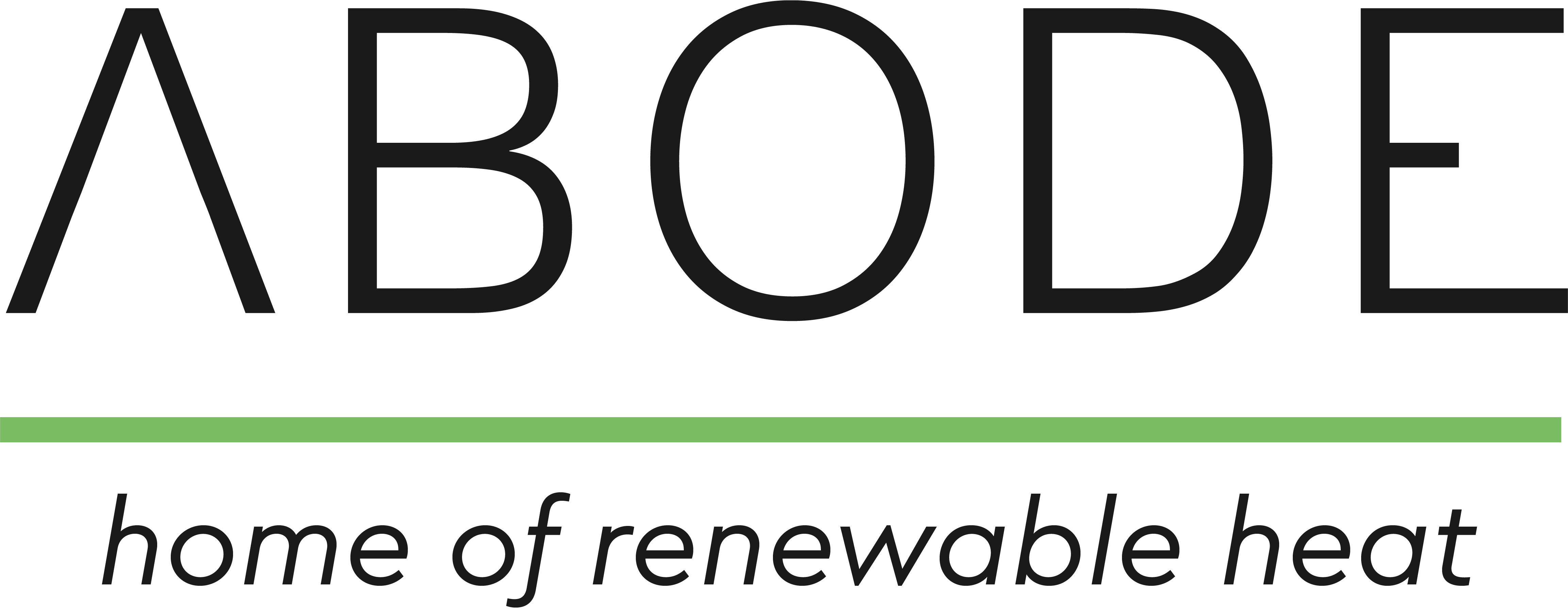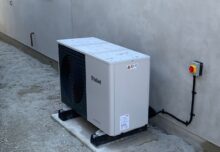Changes to UK Building Regulations Part L and Their Impact on Heating Systems Installations
The UK government has been working towards reducing carbon emissions and improving energy efficiency in buildings. To achieve these goals, the Building Regulations Part L – Conservation of Fuel and Power has been updated several times, with the latest changes being announced in December 2021. These changes include new requirements for energy efficiency in both new and existing buildings, with a focus on low carbon heating systems. In this article, we will explore the changes to Part L and how they affect heating systems installations.
These changes came into effect on June 15, 2022. However, there was grace period in place until June 2023. If your project had Building Regulations approval before June 15, 2022, the old standards still applied, but you must have begun work before June 15, 2023, or the new standards apply.
Key takeaways
Here are the main takeaways form the changes that you need to know. The rest of this article will look into these changes in further detail.
- The UK government has updated the Building Regulations Part L to reduce carbon emissions and improve energy efficiency in buildings.
- The goal is to reduce carbon emissions and align with the Future Homes Standard expected in 2025.
- The updates to Part L introduce a 31% reduction target in carbon dioxide for domestic properties compared to previous standards.
- High-efficiency alternative renewable systems like heat pumps must be considered before construction begins.
- New builds are required to have a maximum flow temperature of 55°C or lower for heating systems, making the distribution heat pump ready for potential future installations.
- Wet heating systems in existing buildings, whether newly installed or fully replaced, should also be designed to operate at a maximum flow temperature of 55°C or lower.
- Heat loss calculations need to be carried out before boiler replacement, ensuring systems are not significantly oversized.
- Minimum energy efficiency requirements are set, with heat pumps needing a coefficient of performance (COP) of 3.0 for space heating and 2.0 for hot water
Overview of Part L Changes
The main goal of the changes to Part L is to reduce carbon emissions in buildings and work towards the Future Homes Standard, which is expected to be introduced in 2025. The new regulations aim to favour low carbon heating systems such as heat pumps, while also improving the fabric efficiency of buildings and avoiding oversizing of heating systems in properties.
One of the major changes is the introduction of a target of a 31% reduction in carbon dioxide for domestic properties, compared to those in the previous standards. These new changes are seen as an intermediary step to the Future Homes Standard, which will aim to reduce carbon emissions by 75-80% compared to new homes under the current regulations.
Regulation 25A of Part L also states that before construction of a new building starts, the person who is to carry out the work must analyse and consider the technical, environmental, and economic feasibility of using high-efficiency alternative systems such as heat pumps.
Impact on Heating Systems for New Builds
The new regulations set a maximum flow temperature of 55°C or lower for heating systems in new builds. This will favour low carbon heating systems and allow for the heating distribution to be heat pump ready of the future if an alternative heating system is installed originally.
Impact on Heating Systems in Existing Buildings
When a wet heating system has been newly installed in an existing property, or fully replacing an existing system, it should also be sized to operate effectively at a maximum flow temperature of 55°C or lower. This includes both the pipework and the emitters of the heating system. These low flow temperature regulations do not apply in situations where only the boiler is going to be replaced. However, under the new regulations, a full room-by-room heat loss calculation will need to be carried out prior to the boiler replacement, including for oil and gas boiler installations. Whole house type calculations will no longer be allowed as detailed in sections 5.8 of the new regulations. This is to ensure that heating systems should not be significantly oversized, instead systems are to be sized as closely as possible to the calculated heat loss.
Minimum Energy Efficiency for Heating Systems
Minimum energy efficiency for heating systems has been set as part of these new Part L requirements. Heat pumps need to have a coefficient of performance (COP) of 3.0 for space heating and 2.0 for hot water. The COP of a heat pump system is calculated as part of the MCS room by room heat loss calculations. See our article on this importance of heat loss calculations when installing a heat pump for more details.
Pipework insulation
The new changes also have increased the amount of insulation required on system pipework for all heating systems. Here are the pipework insulation requirements:
In a new system, all the following new pipework should be insulated.
- Primary circulation pipes for heating circuits where they pass outside the heated living space, including where pipework passes into voids.
- All primary circulation pipes for domestic hot water.
- All pipes that are connected to hot water storage vessels, for at least 1m from the point at which they connect to the vessel.
- All secondary circulation pipework.
In an existing system, when a boiler or hot water storage vessel is replaced, any accessible pipes in the dwelling should be insulated.
Heat losses from insulated pipework should not exceed those given in BS 5422 for hot water services at 60°C, regardless of the actual design temperature. One way to meet these standards is ensuring pipework has the following minimum insulation thickness.
- Internal pipework diameter less than or equal to 10mm has a minimum insulation thickness of 5mm.
- Internal pipework diameter less than or equal to 25mm has a minimum insulation thickness of 10mm.
- Internal pipework diameter less than or equal to 50mm has a minimum insulation thickness of 15mm.
These changes mainly have implications for more traditional forms of heating, as this level of insulations has always been recommended in manufacturer guidelines for low temperature heating systems such as heat pumps. Abode Heat would always recommend following the manufacturer installation guidelines for the system you are installing, as these guidelines could require higher levels of installation than the Part L regulations.
Conclusion
These changes to Part L and the upcoming Future Homes Scheme are important steps towards the UK’s net zero target, as well as improving the energy efficiency of properties and cutting homeowner’s energy bills. These changes reinforce the importance of formal room by room heat loss calculations in the design of a properties heating system, to ensure the system is designed to operate efficiently at lower flow temperatures and avoiding oversizing. It is important for heating professionals to stay up to date with these regulations and ensure they are implementing them in their work.
You can read through the new regulations yourself here>
If you are a plumbing and heating engineer and looking to start installing heat pumps, Abode Heat have an MCS umbrella Scheme to help you with all aspects of the design, installation and compliance of your heat pump projects. You can find more about our MCS umbrella scheme here>










